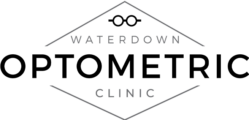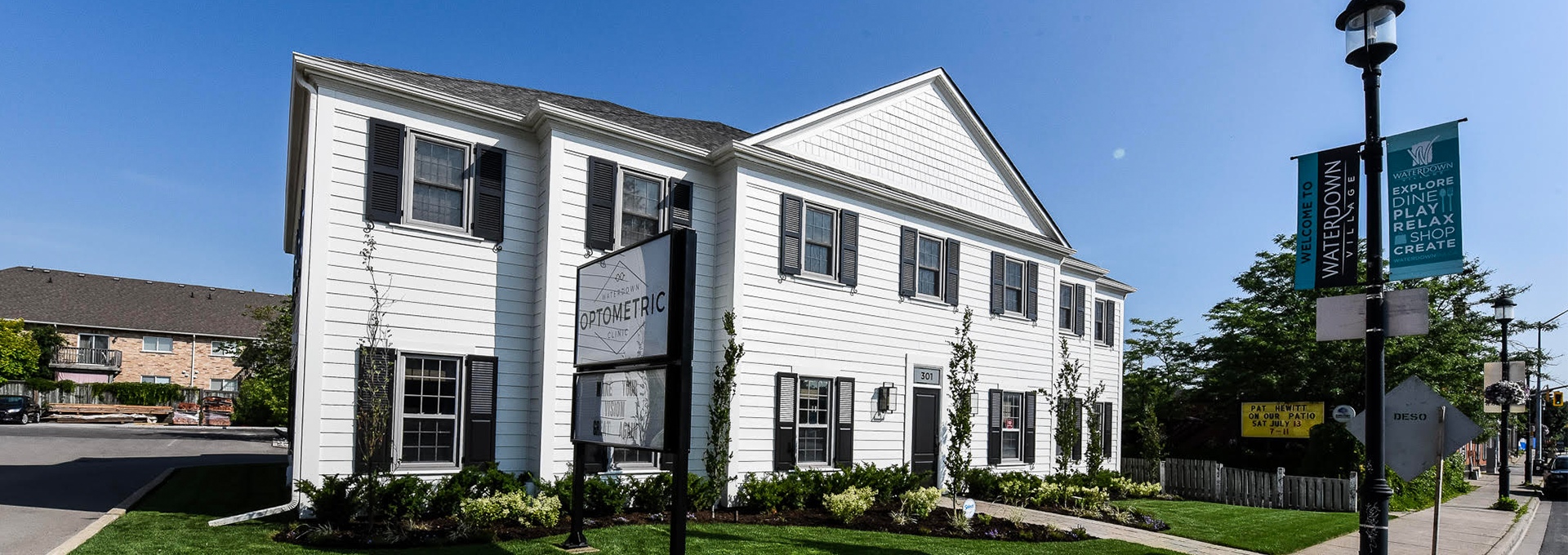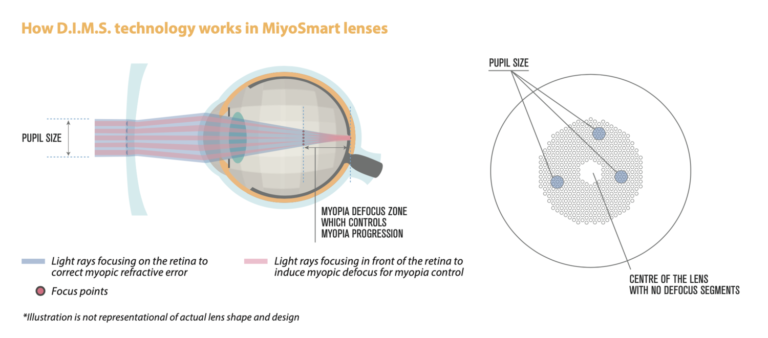Over the last 12 months we have experienced our lives shift to a digital world where social events, family gatherings, gym classes, and even school are fully remote and usually happening on a screen. This begs the question: what impacts will this have on our children from a visual standpoint? One trend that the doctors at Waterdown Optometric Clinic have noticed is an increase in myopia (or nearsightedness) in the pediatric population.
Nearsightedness is a condition where the eye focuses light in front of, instead of directly on, your retina. This causes distant objects to be out of focus or blurry. Risk factors for myopia development include: increased near work/reading, lack of outdoor time, having myopic parents, ethnicity and gender (more common in females) (1). Children that are myopic are at a higher risk than average of developing cataracts, retinal detachments or myopic maculopathy later in life (1). The risk increases the higher the myopic prescription. Thus we are now offering myopia control to slow the progression of myopia in children.
Our clinic is treating myopia by one of three ways: Cooper Vision MiSight® contact lenses, Hoya MiyoSmart glasses or low dose Atropine pharmaceutical eye drops. MiSight® contact lenses are soft contact lenses that a child wears 10hrs/day, 6 days/week. They work by creating peripheral defocus on the retina that in turn, slows the progression of myopia. They are a daily disposable contact lens, making them safe to use in the pediatric population.
The Hoya MiyoSmart spectacle lenses are similar to the Misight contacts. They have an invisible treatment zone within the spectacle lens that defocuses peripheral vision and that has been shown to slow down myopia by 60% (2). The lenses are impact resistant, thin and offer UV protection.
The last option of myopia control is by instilling eye drops containing low dose atropine daily. Atropine is similar to the drops we use on many of our patients to dilate their pupils during an eye examination. The dosage in myopia control is so low that there is usually no effect on visual function. The exact mechanism of how atropine slows myopia progression is unknown at this time. Studies have shown that instilling atropine nightly can slow the progression up to 69% (3).
So which option is the best for your child? Each method has its own advantages and disadvantages making some better suited for one individual over another. We would be happy to discuss which would work best for your child.
To book an appointment go to www.waterdownoptometric.ca/book , call (365-675-0718) or email us ([email protected]).
Dr. Gabrielle Gilbert
- Jones, Debbie. “What Myopia Management Is and What It Is Not.” Review of Myopia Management, 1 July 2020, reviewofmm.com/what-myopia-management-is-and-what-it-is-not/.
- “MiyoSmart.” Hoya Vision, www.hoyavision.com/en-ca/discover-products/for-eye-care-professionals/specialty-lenses/myopia-management/.
- Sankaridurg, Padmaja. “Contact Lenses to Slow Progression of Myopia.” Wiley Online Library, John Wiley & Sons, Ltd, 28 July 2017, onlinelibrary.wiley.com/doi/full/10.1111/cxo.12584.




